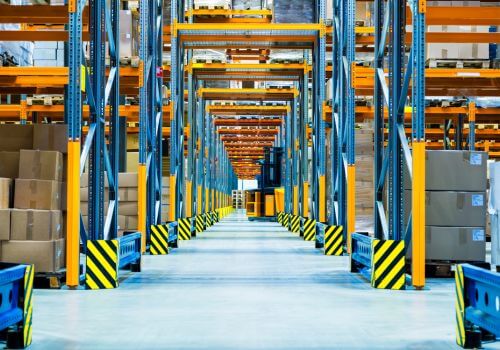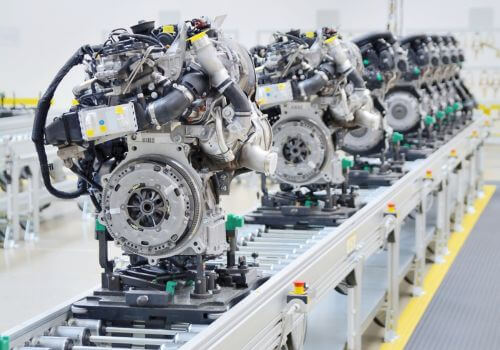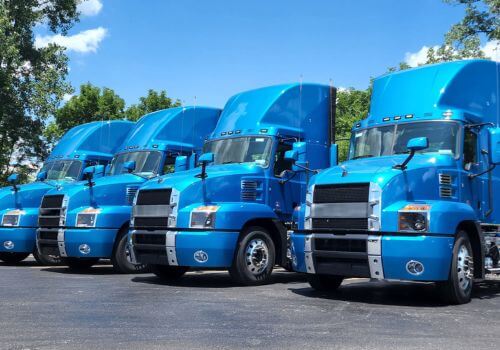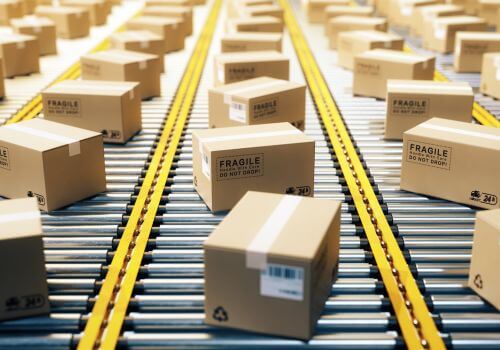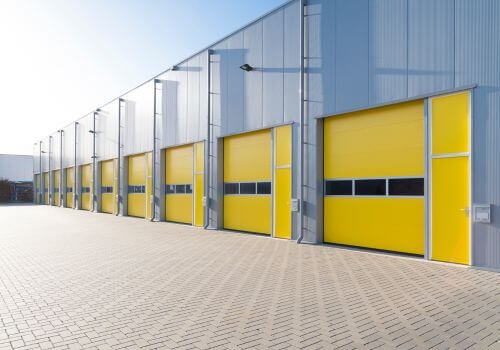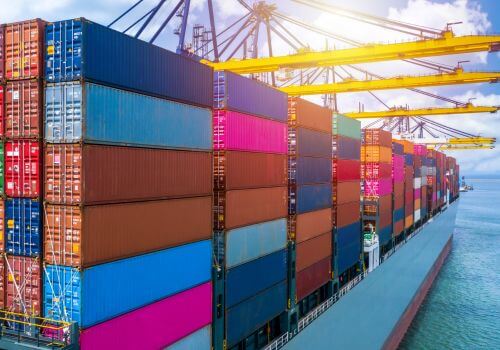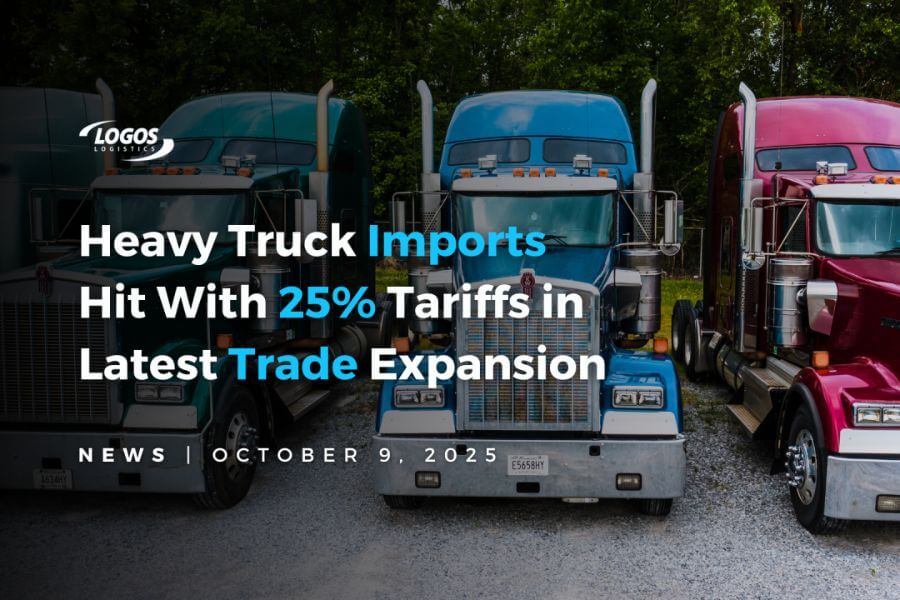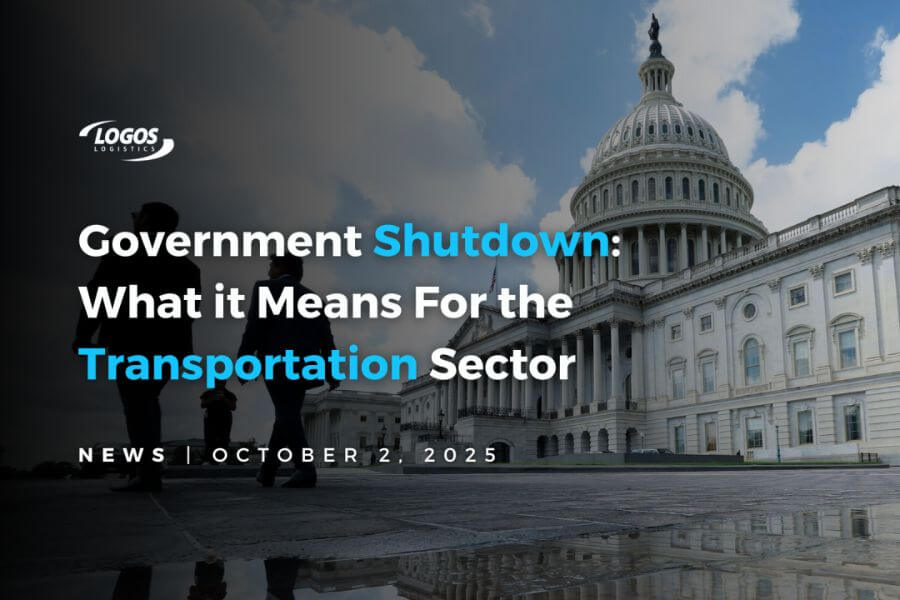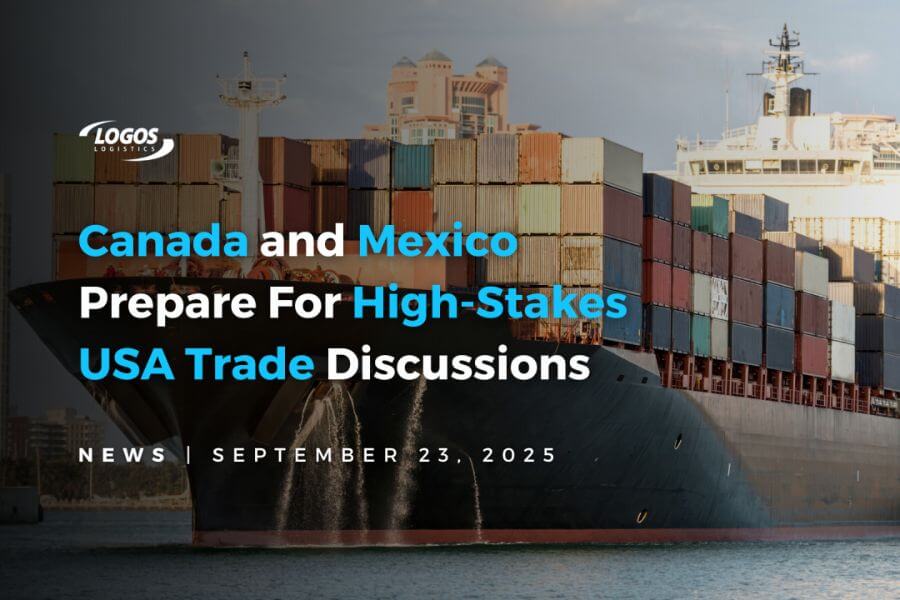What do car tariffs, shipping threats, and a last-minute customs code update have in common? They’re all part of the geopolitical minefield that businesses are dodging every day in 2025. And whether you sell phone cases online or home décor in-store, your survival might just depend on one key player: your third-party logistics provider.
🚚 Global trade is no longer just business — it’s geopolitical theater
Once upon a time, logistics was about finding the cheapest container and the shortest route. Now it’s about navigating trade wars, tariff escalations, and sudden border restrictions. Businesses are no longer just shipping goods — they’re playing global chess.
Here are some examples of what’s happening on the world stage between 2024 and 2025:
- June 16, 2025: The U.S. and U.K. sign the “Economic Prosperity Agreement,” slashing vehicle and aerospace tariffs. But U.S. steel tariffs remain, fueling tension in the EU.
- Thailand, fearing massive U.S. tariffs after exports surged 35% YoY, rushes a bilateral trade proposal to Washington. A potential 36% tariff looms.
- The U.S. steel/aluminum tariffs (50%) have been extended again, now encompassing 87% of global exporters except for a few allies.
- Red Sea conflict reroutes 12% of global shipping, driving insurance rates up 300% and delaying deliveries by 10–14 days.
- U.S.–China talks resume in London after a tariff rollback that brought some electronics duties down from 125% to 10%.
🔧 The rise of 3PLs: From service providers to strategic partners
In this uncertain climate, third-party logistics companies aren’t just moving boxes. They’re acting as geopolitical navigators, supply chain engineers, and compliance counselors. And businesses — especially retailers — are all in. Here’s what that looks like:
1. Trade route engineering
When the Red Sea was no longer an option to ship through, 3PLs like DHL, Maersk, and Flexport immediately pivoted — rerouting vessels around the Cape of Good Hope, or even using rail corridors from China to Europe via Kazakhstan.
2. Dynamic inventory distribution
E-commerce brands are turning to distributed warehousing, placing inventory in smaller, regional hubs across the U.S., EU, and Southeast Asia. The result? Faster delivery, less customs exposure, and the ability to shift sales focus depending on which region is less impacted by trade friction.
3. Real-time risk monitoring
Modern 3PLs provide not just tracking but real-time geopolitical and trade intelligence. Some platforms are now incorporating news feeds, weather alerts, labor strike reports, and even AI-predicted tariff risk indices.
📦 Brick-and-mortar vs. online retail: 3PLs serve both, differently
🛒 For online-first retailers
Online brands rely heavily on fast fulfillment and frictionless shipping. With 3PLs handling the backend, they’re free to scale quickly and respond to customer expectations — even when the macro world is in flux.
- Shopify sellers now make up 41% of U.S. 3PL demand, up from 27% in 2023.
- Amazon sellers using American 3PLs report 25% lower return rates thanks to faster shipping and better packaging.
🏬 For in-store chains
Retailers with physical locations are building omnichannel logistics strategies with 3PLs. Inventory is synced across stores and warehouses. Products flow based on local demand and supply chain disruptions.
- Target, for instance, uses 3PLs to shift inventory from West Coast ports to Midwest DCs when tariffs hit Asian imports.
- European retailers have begun using UK–EU bonded warehouses to dodge new tariffs on textiles and consumer electronics.
📊 Numbers that tell the story
- 💸 $2.3 trillion: Estimated global cost of trade-related taxes and tariffs from 2026 to 2035 (Yale Budget Lab, June 2025).
- 📉 18%: Decline in LA port activity YoY due to shifting trade patterns and increased East Coast/EU shipping.
- 🚀 74%: Percentage of U.S. businesses planning to increase 3PL usage through 2026, according to the Logistics Management Index.
- 📦 42%: Jump in warehousing demand in Mexico, thanks to U.S. nearshoring and 3PL expansion.
📍 A real-world example: THRIVE essentials
THRIVE, a wellness startup selling everything from vitamins to skincare, used to ship exclusively from a California fulfillment center. Then came the 2024 tariff wave. Overnight, costs jumped 22% for anything made in China.
Their move?
- Partnered with a 3PL with hubs in Texas and Ontario.
- Split inventory between Mexico, the U.S., and Germany.
- Used tariff forecasts from their 3PL to anticipate cost changes and shift marketing accordingly.
Result: 6-month delivery speed improvement and a 12% reduction in landed costs, even as tariffs went up.
🧭 What should businesses do now?
- Diversify suppliers AND routes – don’t put all your products through one port or production country.
- Demand intelligence from your 3PL – ensure they’re using predictive analytics and tracking political risk.
- Redesign inventory for fluid movement – build flexibility into your product and warehouse network.
- Stay close to trade news – from tariff quotas to shipping bottlenecks, every update could impact your margins.
⚙️ Logistics is now a survival skill
Whether you’re shipping yoga attire to L.A. or industrial tools to Berlin, geopolitical volatility is part of everyday business now. With the right 3PL partner, your supply chain becomes a flexible, intelligent, and shock-absorbing powerhouse.
So next time you see a news alert about a new trade deal or a maritime conflict, don’t panic — just check in with your 3PL.
Learn how Logos Logistics has helped businesses thrive during turbulent times: https://www.logos3pl.com/


